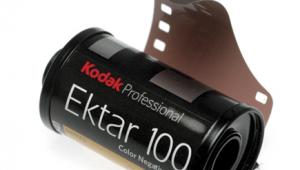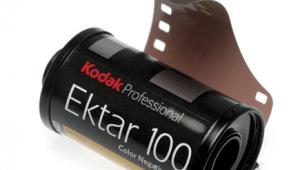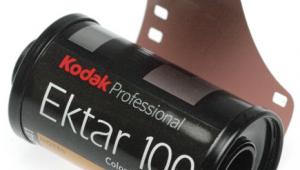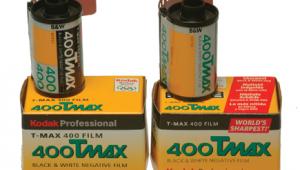Fujifilm’s Velvia 100 Professional; Replacing The Venerable 50
Many moons ago I was granted a few test rolls of the then-new Fujichrome Velvia 50. I happened to be in Las Vegas at the time, and curious just how saturated this touted high-saturation film might be I hiked around red rock country and exposed a few rolls. Having been a dedicated slide shooter and film tester for another photo mag I was pretty familiar with slide films and how Fujifilm had rocked that world with their first forays into high-saturation territory. Indeed, their first attempts were super-rich, but sometimes at the expense of detail in high-frequency colors like red and orange. It was like someone had poured wet paint over brightly-lit red subjects--lively, to say the least, but saturated often to the point of obscuring the texture of the subject beneath.
 |
|
|
The rest is history. As that first foray showed me, this was a new-age film
that redefined color, color saturation, and rich, textural detail. It did have
its flaws--skin tones often went magenta, especially in shade, but not
many people dared to use it for portraiture anyway. Instead, it became the darling
of landscape and nature photographers everywhere and took the slide film world
by storm. Once touched few returned to other emulsions, and the converts were
legion and loyal.
So, when word came that the new Velvia would replace the old a great sigh arose
upon the land. Why, many wondered, would they kill the goose that...well,
you know the rest. The new kid in town sporting the Velvia brand would have
to prove itself as a worthy successor. Thus, when we got our chance to test
out the new Velvia 100 Professional we were simultaneously eager and a bit wary.
Nothing, we thought, could take the place of the king, a film we knew so well.
 |
|
|
Fujifilm's rationale, as far as we can make it out, for replacing the
old Velvia 50 is that technology has moved along. The official line is that
these new technologies deliver finer grain and twice the speed along with the
beloved Velvia 50 personality. Most folks actually shot Velvia at EI 40 and
I didn't know too many folks who pushed it higher. This new film is said
to be eminently more pushable (and pullable) from EI 64 to EI 200 (and, at a
stretch, EI 400). When we pushed the old 50 it gained more contrast, great for
wall murals but without the smooth color blends, and going to EI 200 or 400
would be just plain silly.
The new film is said to be eminently more stable, which affects both the fading
of the dye sets and the ability to withstand a certain leeway in processing
variations. It also takes from the grain technology of the company's highly
regarded Provia 100F. Their Color Extension Layer technology represents a new
generation of color couplers, said to yield both "natural" greens
and intense, "dramatic" colors simultaneously. Mindful of Velvia's
tradition, the emulsion makers at Fujifilm kept the saturation trademark as
a guidepost in their design.
 |
|
|
In all, it's great to see a new film come to market in these days of diminishing product offerings. And while Fujifilm anticipates that the 50 speed stock will be available throughout the rest of 2005, the new 100 is now the Velvia kid in town. But don't confuse this Velvia with the Velvia 100F (RVP 100F) that came out a few months back. Indeed, early adopters reported some disappointment with the "F" version, saying it didn't deliver the Velvia kicks. This new one is simply Velvia 100 Professional, known in stock and on the edge markings as RVP 100. It is confusing, I know, but the new stuff is RVP 100.
 |
|
|
- Log in or register to post comments

















































